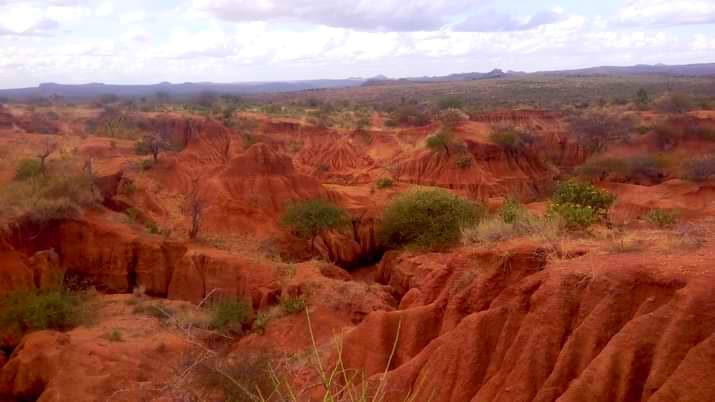As the April long rains herald a season of renewal and growth in Nareto Conservancy, the delicate balance of its ecosystem faces pressing challenges that require urgent attention and concerted action. Soil erosion, gulley hilling, and the invasive Opuntia species threaten the ecological integrity of Nareto, prompting the need for comprehensive conservation strategies, capacity building initiatives, and community engagement efforts to protect the Conservancy’s natural resources and biodiversity. In the face of these environmental threats, proactive measures must be taken to mitigate soil erosion, restore degraded landscapes, and eradicate invasive species to ensure the sustainability and resilience of Nareto’s ecosystem.

The Impact of Soil Erosion: A Threat to Ecosystem Health and Resilience
Soil erosion poses a significant risk to Nareto’s ecosystem, compromising soil fertility, water quality, and vegetation cover essential for biodiversity conservation. The April long rains, while vital for replenishing water sources and supporting plant growth, also increase the risk of erosion due to runoff, sedimentation, and land degradation. Without adequate soil conservation measures in place, the erosive forces of water and wind can strip away fertile topsoil, degrade habitats, and disrupt the delicate balance of the ecosystem, leading to reduced agricultural productivity, loss of biodiversity, and environmental degradation.
Gulley Hilling: A Consequence of Land Mismanagement and Water Runoff
Gulley hilling, characterized by deep gullies and erosion channels that scar the landscape, is a visible manifestation of land mismanagement, unchecked water runoff, and soil erosion within Nareto Conservancy. These erosional features not only degrade the aesthetic beauty of the land but also pose a threat to wildlife habitats, vegetation stability, and water resources. During the April long rains, the intensity of water flow can exacerbate gulley formation, exacerbating erosion, sedimentation, and habitat fragmentation in the Conservancy. Addressing gulley hilling requires holistic land management practices, erosion control measures, and reforestation efforts to stabilize the landscape and mitigate the impacts of erosion.

Opuntia Uprooting: Combating Invasive Species for Ecosystem Restoration
The invasive Opuntia species, also known as prickly pear cactus, poses a formidable challenge to native vegetation, biodiversity, and ecosystem resilience in Nareto Conservancy. Originally introduced for ornamental purposes, Opuntia has spread rapidly, outcompeting native plants, altering soil composition, and disrupting ecological processes. During the April long rains, the Opuntia’s invasive growth can further encroach upon natural habitats, displace native flora, and degrade biodiversity hotspots. Eradicating Opuntia through uprooting and control measures is essential to restoring native vegetation, enhancing ecosystem health, and promoting biodiversity conservation in Nareto.
Capacity Building and Community Engagement: Empowering Conservation Stewards
Addressing the complex challenges of soil erosion, gulley hilling, and invasive species management requires a multi-faceted approach that includes capacity building, education, and community engagement. By equipping conservationists, local communities, and stakeholders with the knowledge, skills, and resources needed to implement sustainable land management practices, erosion control techniques, and invasive species eradication strategies, Nareto can build a resilient conservation workforce capable of safeguarding its ecosystem for future generations. Capacity building initiatives, training programs, and awareness campaigns can empower individuals to become stewards of the land, advocates for biodiversity, and champions of environmental sustainability.

Conclusion: A Call to Action for Sustainable Conservation Practices
As the April long rains descend upon Nareto Conservancy, the need for proactive conservation measures to address soil erosion, gulley hilling, and invasive species becomes increasingly urgent. By implementing soil conservation techniques, erosion control measures, and invasive species management strategies, Nareto can protect its ecosystem, restore degraded landscapes, and promote biodiversity conservation amid the challenges of the rainy season. Through capacity building, community engagement, and collaborative efforts, Nareto can foster a culture of environmental stewardship, resilience, and sustainability that ensures the long-term health and vitality of its natural resources, biodiversity, and cultural heritage. In the face of environmental threats, the time is now to act decisively, collectively, and sustainably to safeguard Nareto’s ecosystem for the benefit of current and future generations.



